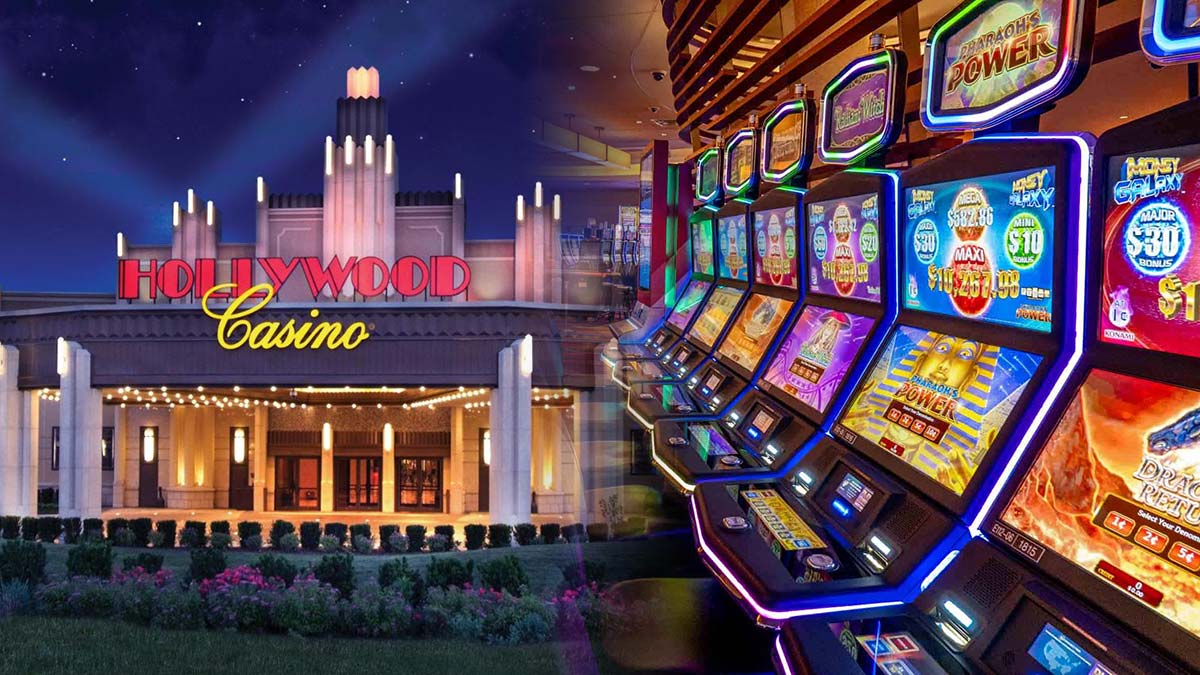Casino games have long captivated people’s attention, drawing players into a realm filled with fortune, planning, and the allure of adventure. Each activity is carefully crafted not just for entertainment, but also to elicit specific emotional responses that keep players involved and interested. Understanding the motivations behind these designs reveals much about how behavioral psychology plays a key role in the gaming experience.
From the dazzling lights and lively sounds to the intricate layering of rules and payoffs, casino games are designed to create an atmosphere of excitement and anticipation. Game designers leverage mental cues to influence participant behavior, whether through the use of jackpots, almost wins, or social interactivity. By examining these factors, we can better appreciate how casino games fulfill not just a desire for entertainment, but deeper psychological needs for excitement and hazard.
Understanding Player Behavior

Casino games are crafted with a thorough comprehension of player psychology, which is crucial for drawing in and keeping players. bong88vn.design The excitement of the game, combined with the hope of winning, produces a formidable attraction. Game designers utilize elements like sound effects, dynamic graphics, and immersive gameplay to seize attention and evoke emotional responses. These sensory effects enhance the total environment, making players feel more involved in the game.
Another important aspect of player behavior is the concept of risk and reward. Casino games often balance high-stakes situations with the potential for considerable rewards, which can lead to the occurrence known as near-miss experience. When players come near to winning, the brain secretes dopamine, bolstering their behavior and motivating them to keep playing in search of that hard-to-reach win. This cycle of wish and disappointment plays a critical role in how games are constructed and promoted.
Lastly, community aspects also play a critical role in player behavior at casinos. Many games are crafted to be played in groups or alongside other players, creating a sense of community and communal experience. The community engagement inherent in games like blackjack enhances enjoyment and can lead to longer play sessions. Designers leverage on this by creating environments that prompt players to linger, socialize, and return, making the overall casino experience more attractive.
The Role of Visuals and Audio
Imagery and audio play a vital role in enhancing the player’s experience within casino games. Designers utilize bright colors, eye-catching graphics, and captivating animations to grab gambler’s attention and sustain their interest. The use of motifs, such as exploration or opulence, helps create an immersive atmosphere that takes players into another world. By appealing to the senses, these elements contribute to a intensified emotional response, encouraging players to engage more profoundly with the games.
Audio design is just as important in reinforcing the overall experience of gambling games. The mix of ambient music, audio effects for winning combinations, and ambient noises creates an sound landscape that keeps players fascinated. Sounds associated with victories, such as ringing bells or celebratory music, evoke feelings of thrill and reward, prompting players to continue playing. These audio cues are carefully placed to amplify the excitement of the game and create a more engaging experience.
Additionally, the synchronization of imagery and sound is crucial for reinforcing the game’s overall concept and atmosphere. Each element should coordinate harmoniously to create a unified experience that pulls players in. The effective use of this synergy not only enhances user enjoyment but also increases the likelihood of repeat play, as players become more engaged in the captivating world that the gambling games offer. This thoughtful combination of visuals and audio ultimately enhances player engagement and loyalty.
Incentive Systems and Engagement
The creation of gambling games heavily depends on reward structures to ensure players engaged and returning for additional experiences. These structures are rooted in behavioral principles that take advantage of human nature and motivation. Players are often driven by the excitement of success, which is supported by instant responses through the game’s mechanics. This instant gratification not only improves the overall experience but also cultivates a feeling of achievement, prompting players to continue participating in hopes of greater gains.
Casinos utilize various reward structures, including jackpots, bonuses, and increased rewards, to captivate participants. These features create a layer of excitement that maintains interest. Additionally, the unpredictability of results plays a crucial role in sustaining interest. The variable reward system, where wins are random but happen often enough, maintains players on edge and driven to continue participating. This loop of anticipation and anticipation is foundational to the success of casino games.
In addition, social elements, such as competitive events and multiplayer features, enhance the engagement factor by tapping into the competitive nature of participants. The shared experience of gaming with fellow participants can intensify the thrill of success and create a community atmosphere within the casino. By combining these social dynamics with effective reward systems, casino games not only offer entertainment but also nurture a stronger connection among participants, solidifying their loyalty to the gaming experience.